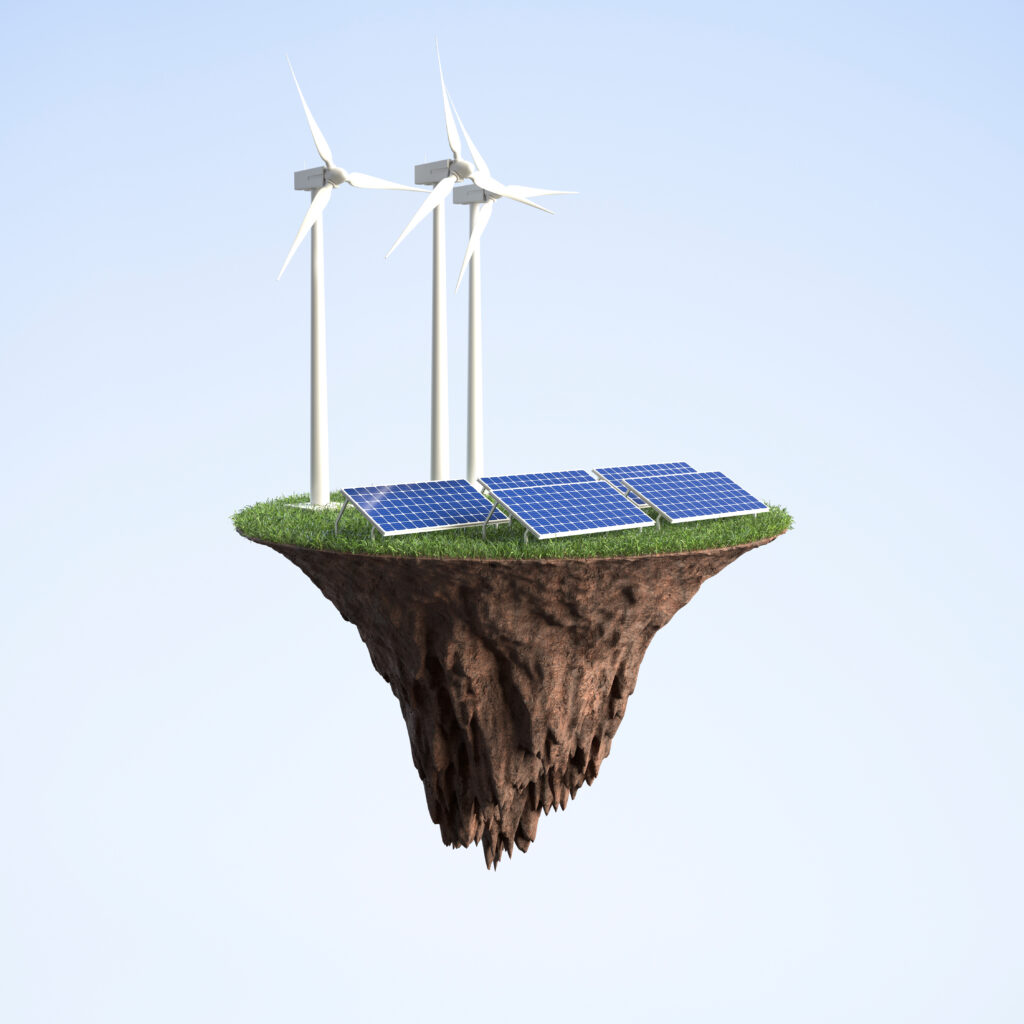Read More: https://www.raycap.com/industrial-surge-protection-modern-businesses/
Green energy is critical for the future of the world. By some estimates, by 2040 the world will no longer have easily reachable oil supply to function the same way it currently does. At the current point, little is being done to prepare for this seemingly inevitable crisis aside from a few alarmed individuals and groups who are writing articles and posting stories on the internet. Because oil is a finite resource and only a few groups globally are attempting to prepare for the inevitable running out, many are looking at green energy as a way to make the transition easier.
Unfortunately, the current development path for the green energy sector has been painfully slow, basically relying on private companies to create and improve the systems and technology that drive the industry. While there have been significant advances, without large investments by governments worldwide, we are on a course to suddenly face the impact of running out of oil without a transitional system in place that can make a move to green energy seamless and without pain. Currently, there are almost no areas on earth that can rely 100% on green energy to sustain their citizens. The countries that can come to this have not yet proven that these systems can handle most production over extended periods. The unsure nature of green energy is why it is so critical to support new efforts to develop better and more sustained technology in the wind and solar spaces.
One of the most significant improvements to wind and solar technology is not directly associated with energy production and instead is related to the salvaging of equipment after lightning strikes or power surges. Industrial surge protection devices and systems are designed to provide a failsafe that will stop a power surge from impacting computerized equipment. One of the biggest challenges with green energy technology is that the equipment used in the energy production process may be easily damaged in the field.
And the instances where this equipment is damaged there are repair and replacement costs associated with the equipment. Also, when this happens, the systems can be taken offline during times when they could be generating energy. When these fuel sources (sun and wind) are accessible, it is essential to maximize production. Every moment that the wind is blowing, or sun is shining that a system is offline for repairs is wasted, ultimately making these systems unable to produce enough power to satisfy large consumption areas.
These inefficiencies are being improved upon though by smart surge protection devices that can stay online and functional even after an incident, creating longer life spans for involved equipment and more significant reserves of power produced this way. By developing better surge protection devices, we are closer to effectively transitioning between energy production methods when the inevitable finally happens. More work is still necessary to get us to the point we need to be, and support for those who advocate wind and solar power can help to create cleaner energy and many jobs in the green energy sector.

